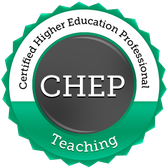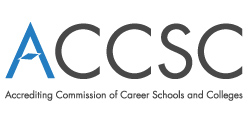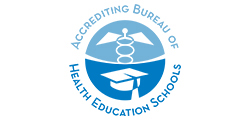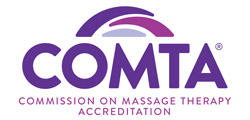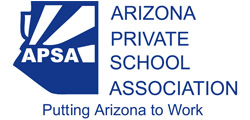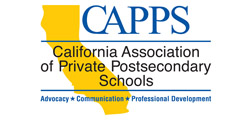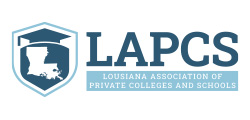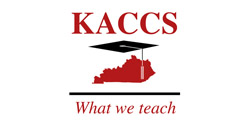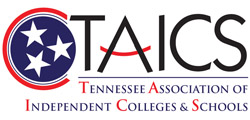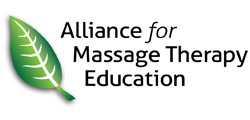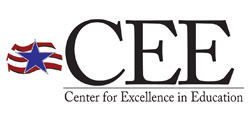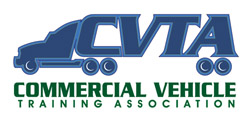Badge Evidence | Completed Courses (4 Hours Each)
ED101Effective Teaching Strategies
This introductory course covers the essential roles of a teacher and the competencies required to be a successful instructor in an educational institution. Proven techniques and strategies for planning and preparation are presented and discussed. In addition, the course offers effective methods for conducting the first class meeting and delivering course content. This course provides a solid foundation for new instructors and serves as an excellent refresher for more experienced instructors.
ED104Class Management Strategies
This course provides methods and techniques for managing students and class activities. We start by reviewing the steps instructors need to follow as they introduce a class to new students. We then discuss strategies to effectively deal with unfocused and challenging students. The course ends by describing common mistakes made by instructors and ways to avoid them.
ED107Creating an Accelerated Learning Environment
Retention is an issue, and what happens in the classroom is a critical factor influencing a student's decision to stay or go. The classroom environment may be hurting your students' view of the quality of your programs. In this course, you will learn tips and techniques to deal with environmental influences such as your role as the instructor, the classroom, the interactive activities, the support materials, and the sequence of instruction as well as other subtle influences. You will learn to view the environment from the student's perspective to increase your teaching effectiveness and student retention.
ED110Time and Stress Management for Instructors
Outstanding teachers serve their students by guiding them through their coursework and motivating them to complete program requirements. Instructors at educational institutions are often faced with high stress resulting from heavy teaching loads and limited time. When teachers cannot manage their own time and stress, they cannot fully serve the needs of their students. This course will show instructors how to manage time and stress in their lives and teach some of these skills to their students.
ED112Influencing Student Motivation
This course is intended to offer a practical explanation of how an instructor’s behaviors and choices can influence the motivation of students. It is not intended to be a theoretical or academic treatise about motivation. Module 1 offers useful tips that may help instructors to motivate students. Students’ security and autonomy are described as they influence motivation during instruction, questioning, activities, and evaluations. This is followed by a discussion of how motivation can be improved by enhancing students' sense of autonomy when making assignments, selecting instructional methods, implementing classroom procedures, and developing evaluations. In Module 2, intrinsic and extrinsic motivators are defined and compared. Finally, a variety of "miscellaneous motivators" are offered for instructors to consider.
ED113Managing the Adult Classroom
This course compares and contrasts four styles of classroom management. The course includes "virtual visits" to animated classrooms where participants observe four instructors who exhibit different management styles. The style that is preferred by most students is identified and described, and suggestions are offered on how instructors can modify their personal style to increase their effectiveness. A four-step model for developing successful classroom management strategies is presented and is followed by a discussion of a practical, behavioral approach to classroom management. Characteristics that foster good discipline in the educational institution and in the classroom are listed and explained, and tips are offered that can improve both institution-wide and classroom discipline. Finally, a number of scenarios involving common discipline problems are described.
ED114Questioning in the Classroom
Questioning can be one of the most effective classroom teaching strategies. However, many instructors are not familiar with the techniques and research findings associated with good questioning. This course begins by comparing and contrasting the major types of questions and their most appropriate uses. Some relevant statistics and research findings are presented, followed by a discussion of four effective questioning practices. The course concludes by offering a few tips and suggestions for instructors to consider.
ED115Soft Skills for Instructors
The purpose of this course is to provide instructors with a very basic introduction to the concepts of soft skills and emotional intelligence (EQ). It is designed especially for new instructors in career schools who have little or no training in educational techniques and who are unfamiliar with the basics of emotional intelligence. The course provides a comparison of hard and soft skills, including people skills and workplace behaviors. Ten important soft skills are discussed in detail and the relationship between EQ and soft skills is explained. The course concludes with tips and suggestions to help instructors enhance their soft skills and EQ.
ED115RSoft Skills for Instructors
This survey course provides an introductory discussion about how good soft skills help instructors to be successful. A distinction is made between hard skills, soft skills, people skills, and workplace behaviors. Selected soft skills are listed for various categories of businesses and industries, including the teaching profession. Two studies are referenced that highlight skills that are frequently cited in the literature. One study was published in 1997, while the other was conducted specifically for this course in 2024. Selected tips are offered for improving one's soft skills. Numerous hyperlinks are included that direct the reader to a variety of online enrichment materials, including a few online instruments that help individuals learn more about their own soft skills.
ED119RUsing Technology to Engage and Educate
This course is an overview of a variety of ways in which educators can integrate technology and web resources into instructional courses, in order to engage learners and promote collaborative learning. A variety of strategies are included in this course to enhance the use of technology so it becomes an integral part of ongoing instructional practice. In addition, numerous links are provided to enable participants to gain more insight into how technology can be explored, secured and utilized in their courses.
ED148ChatGPT and Educational Uses
This course will provide an overview of ChatGPT and how it might impact education. With an artificial intelligence (AI) language processing tool, there could be endless possibilities. However, like any other technology, its use in education is to be considered carefully, because learning will be affected. The course begins with an overview of the history of chatbots and artificial intelligence and goes on to discuss how to use ChatGPT, how teachers and students may use it, and the advantages and disadvantages of its use.
ED406Motivating Others
Motivation can be the difference between success and failure. In this course, the idea of how motivation impacts people will be discussed. Activities will focus on improving motivation in students, and other people you interact with, as well as yourself. The goal of this course is to help develop a better understanding of the topic, and produce tangible resources to help implement plans, strategies, and ideas at your institution. In addition to lecture videos, resource links, and assessments, you will be able to utilize Learning Activities, which will continue to be useful after successful completion of the course.
ML118Coaching Skills
In this course, you will learn how to strengthen your coaching skills by using a four-step process to facilitate the professional growth of the employees you coach.
